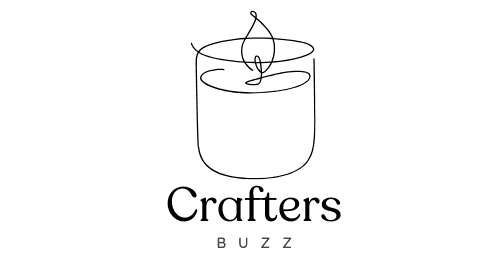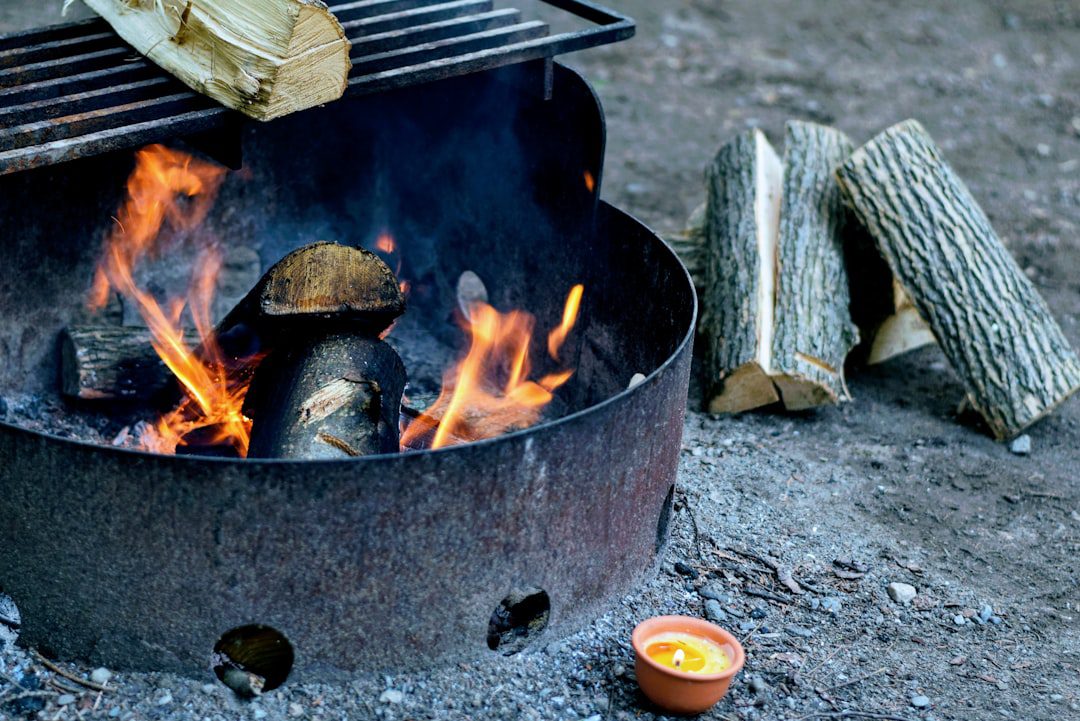How to reduce soot and manage leftover wax when candles are finished.
Soot production in candles is a common issue that many consumers encounter, often leading to unsightly black marks on walls, furniture, and other surfaces. The primary cause of soot is incomplete combustion of the candle wax, which can occur due to several factors. The type of wax used in the candle plays a significant role; for instance, paraffin wax, a byproduct of petroleum, tends to produce more soot compared to natural waxes like soy or beeswax.
When a candle burns, the wax is vaporized and combined with oxygen to create heat and light. If there is insufficient oxygen or if the wick is too long, the wax does not burn completely, resulting in soot. Another contributing factor to soot production is the wick itself.
Wicks made from synthetic materials or those that are too thick can lead to an uneven burn, causing excess soot. Additionally, the presence of fragrance oils and dyes can also impact combustion efficiency. Some additives may not burn cleanly, leading to increased soot output.
Environmental conditions such as drafts or poor ventilation can exacerbate these issues, as they can disrupt the flame’s stability and lead to incomplete combustion. Understanding these causes is essential for consumers who wish to enjoy their candles without the nuisance of soot.
Tips for reducing soot production while burning candles
To minimize soot production while enjoying candles, several practical tips can be implemented. First and foremost, selecting high-quality candles made from natural waxes such as soy, beeswax, or palm can significantly reduce soot emissions. These materials tend to burn cleaner than paraffin wax, which is notorious for producing black soot.
Additionally, choosing candles with cotton or wooden wicks can also help; these types of wicks generally promote a more stable flame and better combustion. Another effective strategy is to trim the wick before each use. A wick that is too long can create a larger flame, leading to increased soot production.
Ideally, the wick should be trimmed to about one-quarter inch before lighting. This simple maintenance task not only helps reduce soot but also enhances the overall burn quality of the candle. Furthermore, burning candles in well-ventilated areas can improve airflow around the flame, promoting complete combustion and minimizing soot formation.
Avoiding drafts from windows or air conditioning vents will also help maintain a steady flame.
Proper candle care and maintenance to minimize leftover wax
Proper care and maintenance of candles can significantly reduce leftover wax and enhance their longevity. One of the most effective practices is to allow the candle to burn long enough for the entire top layer of wax to melt evenly. This prevents tunneling, where the wick burns down the center of the candle while leaving a ring of unburned wax around the edges.
To achieve an even melt pool, it is recommended to burn the candle for at least one hour for every inch in diameter. Additionally, storing candles in a cool, dry place away from direct sunlight can help maintain their quality and prevent warping or fading. Extreme temperatures can affect the wax’s consistency and lead to uneven burning.
When lighting a candle, it’s also important to ensure that it is placed on a stable surface and away from flammable materials. This not only promotes safety but also ensures that the candle burns evenly without being disturbed by external factors.
Creative ways to repurpose leftover candle wax
Leftover candle wax does not have to go to waste; there are numerous creative ways to repurpose it into new items or enhance your home environment. One popular method is to create new candles from leftover wax scraps. By melting down the remnants and pouring them into new containers with fresh wicks, you can create unique candles that reflect your personal style.
This process allows for experimentation with different scents and colors by mixing various wax types. Another innovative use for leftover wax is making fire starters for outdoor activities such as camping or grilling. By combining wax with sawdust or dryer lint and molding them into small shapes or placing them in egg cartons, you create effective fire starters that ignite easily and burn for an extended period.
Additionally, leftover wax can be used to waterproof items like canvas or leather by applying a thin layer and then heating it slightly to allow it to penetrate the material. This not only repurposes the wax but also provides practical benefits.
How to clean and remove soot stains from surfaces
Soot stains can be particularly stubborn and unsightly, but there are effective methods for cleaning them from various surfaces. For walls and ceilings, a mixture of warm water and dish soap can be used as a gentle cleaning solution. Using a soft cloth or sponge, gently scrub the affected area in circular motions to lift the soot without damaging the paint or finish.
For tougher stains, a solution of vinegar and water can be applied; vinegar’s acidity helps break down soot particles. When dealing with fabric surfaces such as curtains or upholstery, it’s essential to act quickly before the soot sets in. Blotting the stain with a dry cloth can help absorb excess soot without spreading it further.
Afterward, using a vacuum with an upholstery attachment can remove remaining particles. For more persistent stains on fabric, professional cleaning may be necessary to avoid damage. In all cases, testing any cleaning solution on a small inconspicuous area first is advisable to ensure compatibility with the surface being cleaned.
Eco-friendly disposal options for used candle wax
Disposing of used candle wax requires consideration for environmental impact. Many people may be unaware that traditional disposal methods can contribute to landfill waste and pollution. Instead of throwing away leftover wax, consider eco-friendly disposal options that promote sustainability.
One option is recycling; some local recycling centers accept candle wax as part of their materials if it is made from natural sources like soy or beeswax. Another environmentally friendly approach is composting natural waxes. If you have leftover beeswax or soy wax that has not been mixed with synthetic fragrances or dyes, it can be added to compost piles where it will break down over time.
Additionally, some communities have programs that allow residents to drop off used candles at designated locations for proper disposal or recycling. Researching local options can provide insight into how best to dispose of used candle materials responsibly.
DIY projects using leftover wax for a sustainable lifestyle
Engaging in DIY projects with leftover candle wax not only promotes sustainability but also allows for creativity and resourcefulness. One popular project is making homemade lip balm or salves by combining melted wax with natural oils such as coconut or olive oil and essential oils for fragrance. This results in a nourishing product that can be used for moisturizing lips or skin while repurposing leftover materials.
Another exciting DIY project involves creating decorative wax melts for use in oil burners or warmers. By melting down leftover wax and pouring it into silicone molds with added fragrance oils, you can create custom melts that provide delightful scents when heated. These projects not only reduce waste but also allow individuals to personalize their home fragrance experience while embracing a more sustainable lifestyle.
Choosing cleaner-burning candle options for a healthier home
When selecting candles for your home, opting for cleaner-burning options is crucial for maintaining indoor air quality and overall health. Candles made from natural materials such as soy, beeswax, or coconut are preferable as they tend to produce fewer toxins and less soot compared to paraffin candles. Additionally, choosing candles that are free from synthetic fragrances and dyes further enhances their safety profile.
It’s also beneficial to look for candles that have been certified by reputable organizations for their environmental impact and safety standards. Many brands now offer eco-friendly certifications that indicate their commitment to using sustainable practices in production. Furthermore, considering candles with wooden wicks can provide a unique aesthetic while promoting cleaner burning due to their ability to create a more stable flame.
By making informed choices about candle products, consumers can enjoy their ambiance while prioritizing health and environmental sustainability.
If you’re interested in learning more about candles, you may also enjoy reading about how to use a candle warmer to safely enjoy your favorite candles without the risk of soot or leftover wax. And if you’re feeling creative, check out candle molds and their shape-creating uses for inspiration on making your own unique candles.
FAQs
What causes soot when burning candles?
Soot is caused by incomplete combustion of the candle wax. This can be due to a variety of factors such as the type of wax, the wick size, and the presence of drafts.
How can I reduce soot when burning candles?
To reduce soot, choose candles made from cleaner-burning waxes such as soy or beeswax. Trim the wick to 1/4 inch before each use and avoid burning candles in drafty areas.
What can I do to manage leftover wax when candles are finished?
To manage leftover wax, you can repurpose it by melting it down and pouring it into a new container with a new wick to create a new candle. Alternatively, you can use the leftover wax for wax melts or to lubricate squeaky hinges.











